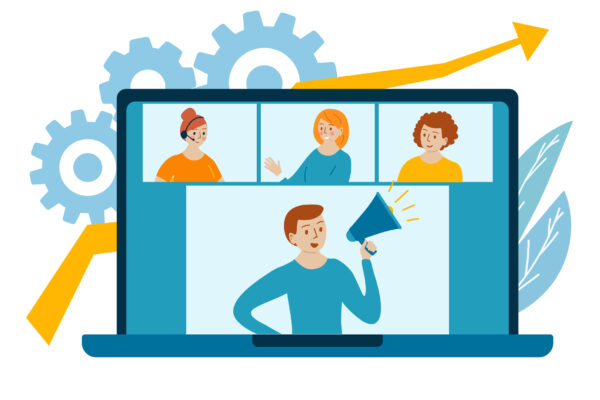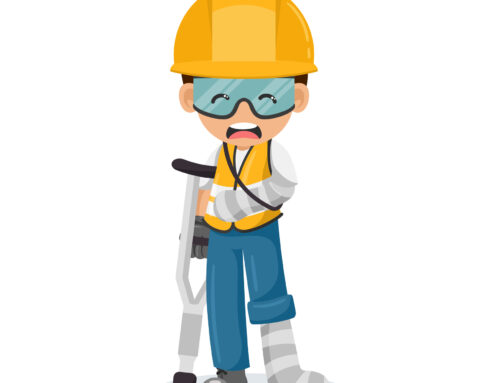Returning to Work with Education
Shawnee Love • May 18, 2020
The fifth and last blog in our series on how to restart your organization safely post covid is here at last. Thank you for your shares and comments, they feed our creativity and help us understand what you are experiencing and what your needs are.
This blog is focused on perhaps the most important part of returning people to work safely…
Education & Communication!
As we highlighted in our last blog, all of these plans and procedures you have come up with must be documented to be effective. This should be somewhat obvious as it relates to policies and procedures which are typically written anyway, but I can’t emphasize enough how valuable it is to write down all of the steps you have taken to protect your staff and clients.
Writing them down allows them to be shared, clarified, revised, reused, and published which is fundamental to effective education and communication.
We need to be communicating and educating because to get people back (working and/or buying), we need to address their fears and give them confidence they will be safe.
To that end, list out all the ways you are protecting your stakeholders (physical barriers, hygiene and cleaning practices, distancing measures) and then share this information far and wide:
- Send out emails to past and current customers ensuring they know how you are keeping them safe,
- Post on your social media the innovative ways you have adjusted your operations to ensure a healthy environment and ongoing service/production,
- Make up (and post) signs (provincial workers compensation boards and our good friends at google have been producing downloadable posters you can print for temporary use). Support local by asking your local printer to help produce professional quality signs and posters once your rules are set.,
- Print out schedules for cleaning, disinfecting, how many can be present in what spaces at a time (think elevator capacity signs for kitchens, lunch rooms, washrooms, etc.), maps of traffic flow in the workspace, etc. Pro tip: laminate the poster and have people initial after cleaning/ disinfecting for consistent confirmation of healthy practices (not to mention a clear opportunity for correction if a time slot was missed).
- Use every communication tool in your toolkit to get the word out to employees who are laid off, working remotely or working onsite about all the measures you are taking:
- Explain your entire plan (another reason it helps to have all your instructions, practices and procedures written down),
- Identify who to go to with questions, concerns or ideas,
- Detail how to contact them, and
- Confirm how often you will be revisiting the plan and when employees can expect to get more information.
- Update your employee documents (e.g., offer letter and manual) with any permanent changes such as new benefits (employee family assistance programs, paid time, leaves, etc.), time away from work processes, remote work policies, and clarifications on how employees can report unsafe work and what to do if they feel unsafe. Hint: there is a process for refusing unsafe work properly and reasonably which gives employers the opportunity to correct.
We hope this blog series has provided a framework for how to restart and/or get people back into the your business. Reach out if you have questions or need fast-tracked support getting people back to work.





